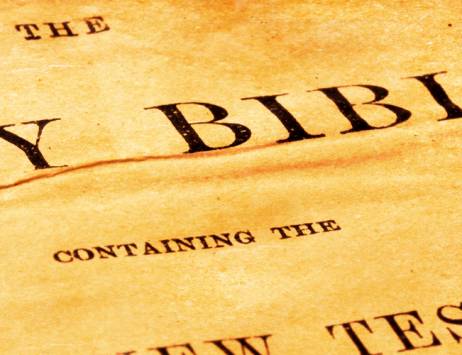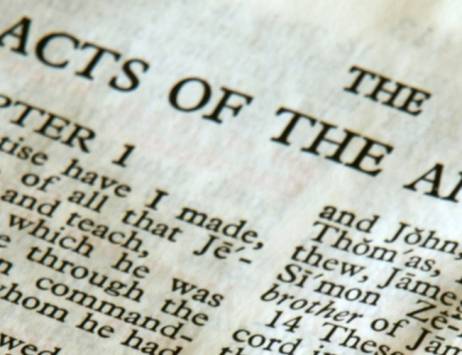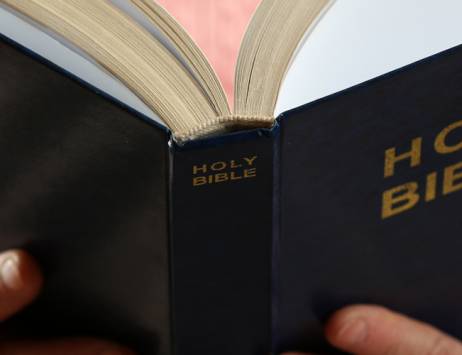In 1604, King James I of England invited bitter religious rivals to a conference at Hampton Court. The Puritans who attended the conference hoped to persuade the king to support their Geneva Bible instead of the Bishops’ Bible used by the Church of England. Their hopes were quickly dashed.
King James commissioned a new Bible, one that would be universally accepted—and based on the Bishops’ Bible. The project he envisioned was a massive undertaking. The king wanted a version of the Bible that was accurate and true to the original text. He also wanted it to seem familiar to seventeenth-century readers, using well-known terms, names, and idioms.
Who Wrote the King James Bible?
The king appointed fifty-four of England’s leading Hebrew and Greek scholars to do the translation; of those, only forty-seven are credited with working on it. He chose scholars from both sides of the religious divide. Suddenly, bitter enemies became collaborators. The issues that divided them paled in comparison to the sacred responsibility that lay before them. The collaborative effort required to produce the version of the Bible that King James envisioned helped ease the tension between the warring factions.
To say the odds were stacked against the project would be an understatement. Various political factions in the king’s court and in Parliament exerted their own influence and brought their own agendas and intrigue to the project. The working relationship between the scholars was built on a fragile and temporary peace.
The scholars began their work in 1604. For the next seven years, they worked in groups to translate the text of the Old Testament from its original Hebrew and the text of the New Testament from the original Greek. Word by word, line by line, they made their way through the text, carefully considering what would be the most apt phrasing for each passage. When they finished a segment, they sent it around for peer review. Other scholars weighed in, offering their own suggestions. In the end, they chose the best of the best.
Proverbs 15:22 says, “Without counsel purposes are disappointed: but in the multitude of counsellors they are established.” The King James Version of the Bible drew on the collective wisdom, inspiration, and creativity of a multitude of counselors.
Some of those counselors didn’t live long enough to see the fruit of their labors. Dr. John Reynolds, the Puritan head of Corpus Christi College, finished his work on the books of Old Testament prophecy and died in 1607, four years before the Bible was completed. He didn’t get to see the seismic impact of his work.
The completed version that the scholars presented to King James proved to be much more than a new translation of the Bible. The words of the King James Version resonated powerfully in those who heard and read it.
The literary pedigree of the King James Version is so impressive that it was rumored that William Shakespeare had a hand in its creation. There is no evidence for this. However, Shakespeare was alive and well in England while the King James Bible was being translated. But he was neither a scholar nor a translator. The common ground between his works and the King James Bible is that they are literary masterpieces.
###
Standing apart from all other KJV study Bibles on the market, the King James Study Bible, Full Color Edition is the only Bible featuring extensive commentary, doctrinal notes, archaeological insights, and time-tested study aids developed exclusively for the King James Version. Now available with stunning full color designs, Holy Land images, classic works of art, charts, and maps, the King James Study Bible, Full Color Edition guides you through the vivid beauty and authority of God’s Word as you grow in your biblical knowledge.






2 replies on “King James Bible: How 47 Scholars Created a Biblical Masterpiece”
I wanted to know all I can about the BiBle
I have the Thomas Nelson Journal the Word Bible. I highly recommend it. I make my own reference and study Bibles. I gave them all away and I am on version 6 now.